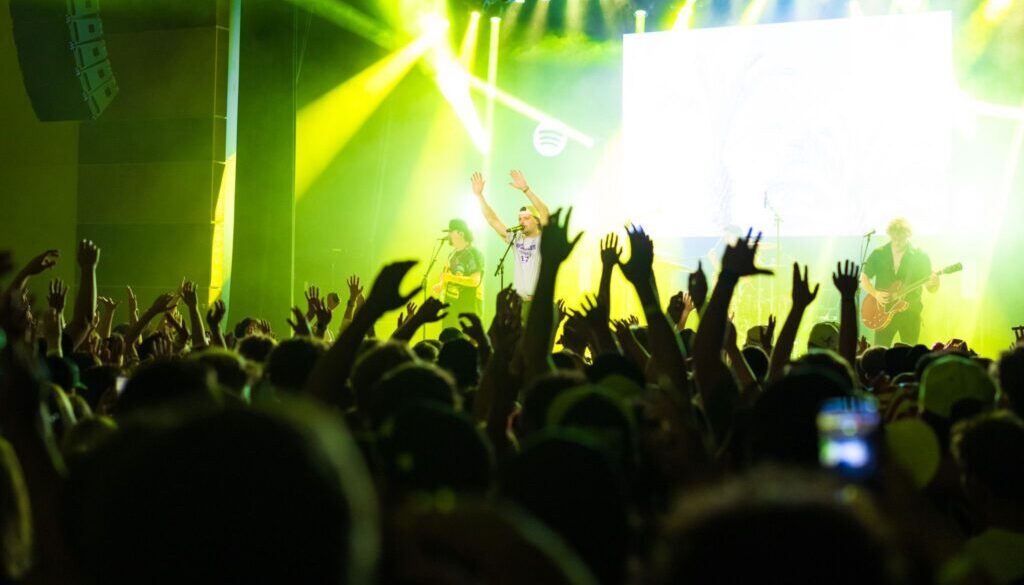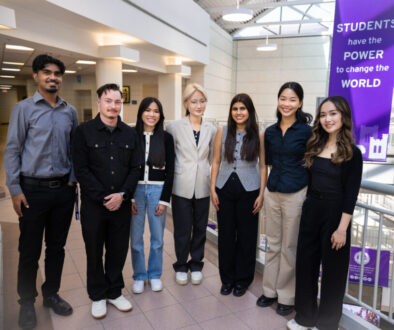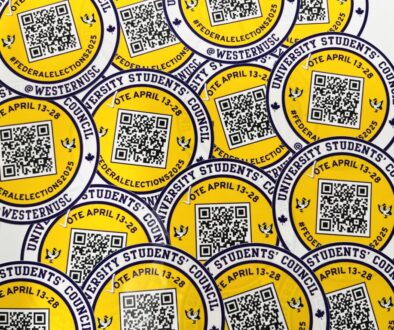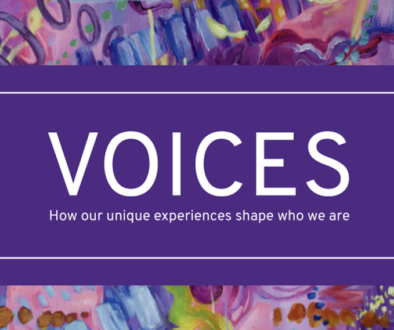From T-Pain to Swae Lee: How the USC Brings Big Artists to Campus
The USC brings some big names to campus. With artists in recent years like T-Pain, Quavo, Ava Max and now Swae Lee, it’s no secret — the USC’s got an eye for talent.
But booking artists is not an easy task; it’s actually one of the hardest tasks for any executive team.
Many students have wondered how we bring incredible artists to campus. So, we sat down with the USC’s Vice President of Orientation and Programming, Sarah Fullerton, to tell us how it all comes together.
Process of Booking an Artist
When asked about the process of booking artists, Fullerton described it as “lengthy and tedious but super exciting.”
“First, I figure out the genre, and then I take that genre to Jeff Armour, our Chief Operating Officer. Jeff then reaches out to various agencies,” she said.
“Because we’ve been doing this for many years, we’ve built up solid relationships with about four major agencies. They’ve been impressed by our production levels compared to other colleges and universities,” she explained.
Once the genre is decided, Armour requests a list of artists that meet the USC’s budget, availability, and criteria. “Sometimes I go in with specific names I’d like to see, but those rarely pan out,” Fullerton admitted with a laugh.
“The agents will come back with a list of artists that fit the criteria we’re asking for, and then we will pick which ones we would like to put offers on,” she said.
After narrowing down the list, Fullerton picks one artist and the negotiations begin.
“The agent then approaches the artist’s management to see if they’re interested. The artist will either say yes, no, or ask for more money—which is actually a good sign because it means they’re interested,” she said.
Even once the initial stages are complete, the back-and-forth with agents can last weeks before an offer is finalized.
Planning and Roadblocks
Timing is another critical component of the process.
“The typical lifespan of putting out an offer to an artist and negotiating is around three weeks, and most of the time, they end up saying no in the end,” Fullerton said.
Another challenge is that the USC cannot put out more than one offer on an artist at a time. Multiple offers risk overbooking if both artists accept, which would harm the USC’s relationships with agencies.
As a result of this dynamic, Fullerton starts planning concerts five months in advance. This allows the USC to put out different offers if an artist turns down an offer that’s been negotiated for a few weeks.
“Sometimes it really looks like the artist is going to accept. We’ve gone through weeks of negotiating, but then they say no,” Fullerton said
As to why artists turn down the USC? The reasoning is different each time.
“Sometimes they say no for logistical reasons like our venue, audio, and technical set-up can’t support the artist, but sometimes they give no reason,” she said.
It’s these moments that can make Fullerton feel disheartened.
“When you have such a strong vision, you start hyping it up in your mind and start thinking of the promotion and production, just to go back to square one a lot of the time. It’s beyond frustrating,” she said.
Student Feedback
However, setbacks like these only strengthen her commitment to ensuring that students’ voices guide the process.
“Even though the final decision on which artists come to campus rests with me and the USC President, student feedback is still the most important factor,” Fullerton emphasized.
“When deciding genres, we always need to make sure there’s an actual interest for them. We’ve heard that students really want to see hip hop and rappers, so I knew I wanted to do a concert this year that caters to that,” she said.
As her term has progressed, Fullerton’s perspective on genres has evolved based on student input.
“I’m not someone who really listens to hip hop or electronic music,” she admitted, “but I asked Shreya, VP Student Engagement, to gather feedback, and she found that so many students want to see an EDM concert. So, hopefully, we’ll be able to book an EDM artist this semester. ”
Fullerton added that she wants to diversify the genres in her term. “We did pop with Ava Max, country with Josh Ross, indie/alternative with Virginia to Vegas, and hip hop with Swae Lee. I want to hit every genre at least once while I’m in office.”
Funding and Sponsorship
Hosting these diverse concerts comes with a big price tag. So how does the USC afford it? Sometimes, they rely on creative solutions to make it happen.
“When Josh Ross came to campus, that was actually a free concert paid for by Spotify,” she said. “He was on tour and had the availability to play a London show and he’s a Western alumnus so he had an interest to play here.”
Similarly, TD Bank sponsored Virginia to Vegas. “We’re really fortunate that so many brands that work with artists want to sponsor us and come to Western,” Fullerton said.
These free and sponsored concerts not only bring incredible talent to campus but also free up the USC’s budget. Thanks to generous sponsorships, the organization can go after high-demand artists, all while ensuring students continue to enjoy amazing concert experiences.
What She Wants Students to Know
Although Fullerton finds the process of selecting artists fun and exciting, she wishes that students would understand the reality of artist booking.
“I try to make sure that whoever we pick has at least 20-30 million monthly listeners, but that still doesn’t mean everyone is going to be happy,” she said. “If 40 percent of students know the artist, that’s a win for us.”
Budget constraints also limit options. “Bringing a universally loved artist would make us spend so much of the USC’s budget for a show only 2,000 people could attend,” Fullerton continued.
Fullerton also stressed how her portfolio is only one part of what the USC does for students.
“The USC does so much besides events. We also give students the ability to advocate to the government, provide an on-campus food bank, give out bus passes, and more,” she said. “We need to make sure we’re still able to afford everything else.”
Impact on Student Life
Despite the many considerations Fullerton goes through to bring artists to campus, she still thinks it’s all worth it.
“A lot of students have told me that on-campus concerts are the only ones they’ve ever been to and how much fun they’ve had,” she said. “I feel like we’ve been able to give students life-long memories.”
Fullerton also wanted to stress that on-campus concerts offer students an affordable alternative.
“Maybe a student can’t afford a $100 ticket to a concert in a different city, but they may be able to afford a $60 ticket without worrying about paying for accommodations elsewhere.”
By combining community, accessibility, and unforgettable moments, Fullerton hopes the legacy of campus concerts will continue for years to come.
“We want every show to feel like a moment students will carry with them long after they leave Western” she said.
So next time you’re at a USC concert, know that months of planning and a whole lot of effort went into making it happen. And who knows—you might be seeing the next big thing before they hit the global stage.
If you’ve made it this far, thank you for reading USC Voice! Click here for a token of our appreciation!





